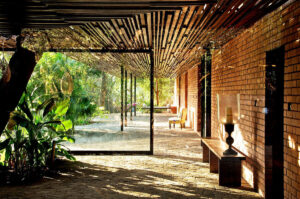Architecture is one of the most valuable and renowned careers in India. We’ve all heard stories of incredible architectural designs, but the workmanship and crafted talents of amazing architects are underappreciated. Architectural studies in India normally take 5 years for a bachelor’s degree, followed by a year of internship in an architectural firm before beginning work as a full-time professional architect. All of these years of hard work and dedication deserve to be rewarded and recognized.
Indian architects have left a rich legacy that includes historical monuments, palaces, mosques, temples, buildings, and even the most basic mud huts. Many modern architects have enhanced their historical and cultural architectural influences by creating a contemporary-styled India. Two instances of contemporary architecture are the Lotus Temple in Delhi and the Light Box Restroom in Mumbai, among many others.
Furthermore, Indian architecture is gradually giving way to a more modern, innovative, and eco-friendly construction through modernized architectural plans geared toward sustainability. One of the primary reasons why many young students are interested in pursuing courses in architecture and building design is the formation of contemporary India.
Table of Contents
10 Famous Indian Architects and Their Iconic Buildings
1. Manit Rastogi
Project: Harley-Davidson Corporate Office in Gurugram

Manit Rastogi, the founder partner of the architectural firm Morphogenesis, is an Indian architect who values nature and sustainable building materials. He sees design as the force that combines external and internal factors to establish a methodology that responds to the client’s needs.
His creative style is heavily influenced by the concept of sustainability, and he believes in creating environments that conserve energy and resources. He is committed to using passive methods into his design methodologies. His most well-known projects include the Harley-Davidson Corporate Office in Gurugram, the Chettinad Health City Auditorium in Chennai, and the Woodside in Kasauli.
2. Habib Rahman
Project: World Health Organization in Delhi in 1962
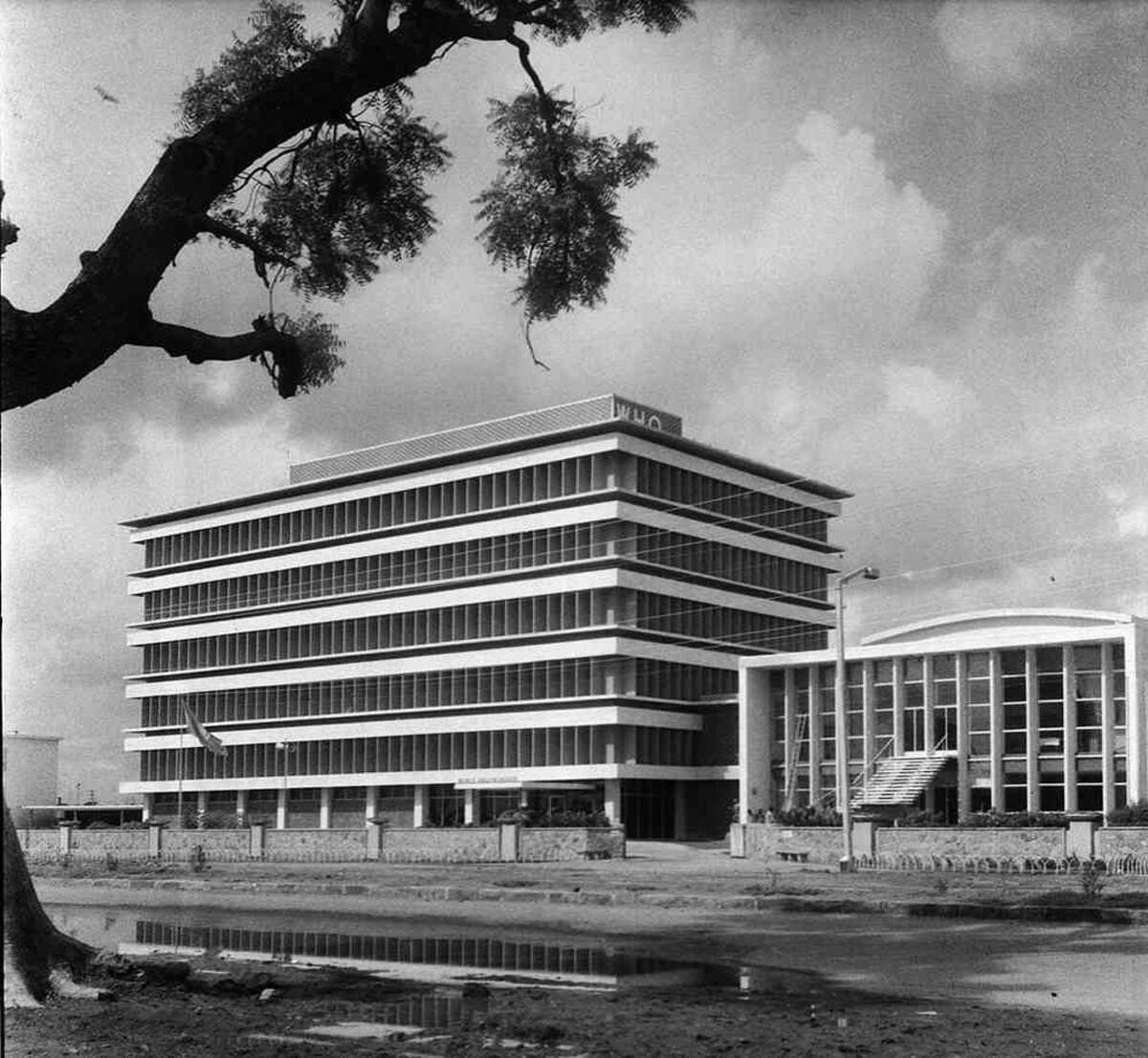
This Indian architect achievements and design philosophy reflected PM Nehru’s vision for the emerging contemporary India. He studied under Walter Groupies at MIT and was heavily affected by the Bauhaus Movement and its ideas. When he returned, he worked on several major projects, including the Gandhi Ghat in 1949, Rabindra Bhavan in 1961, and the World Health Organization in Delhi in 1962. He led the CPWD in 1970 and constructed memorials for Zakir Husain and Abul Kalam Azad.
3. Hafeez Contractor
Project: 23 Marina in Dubai
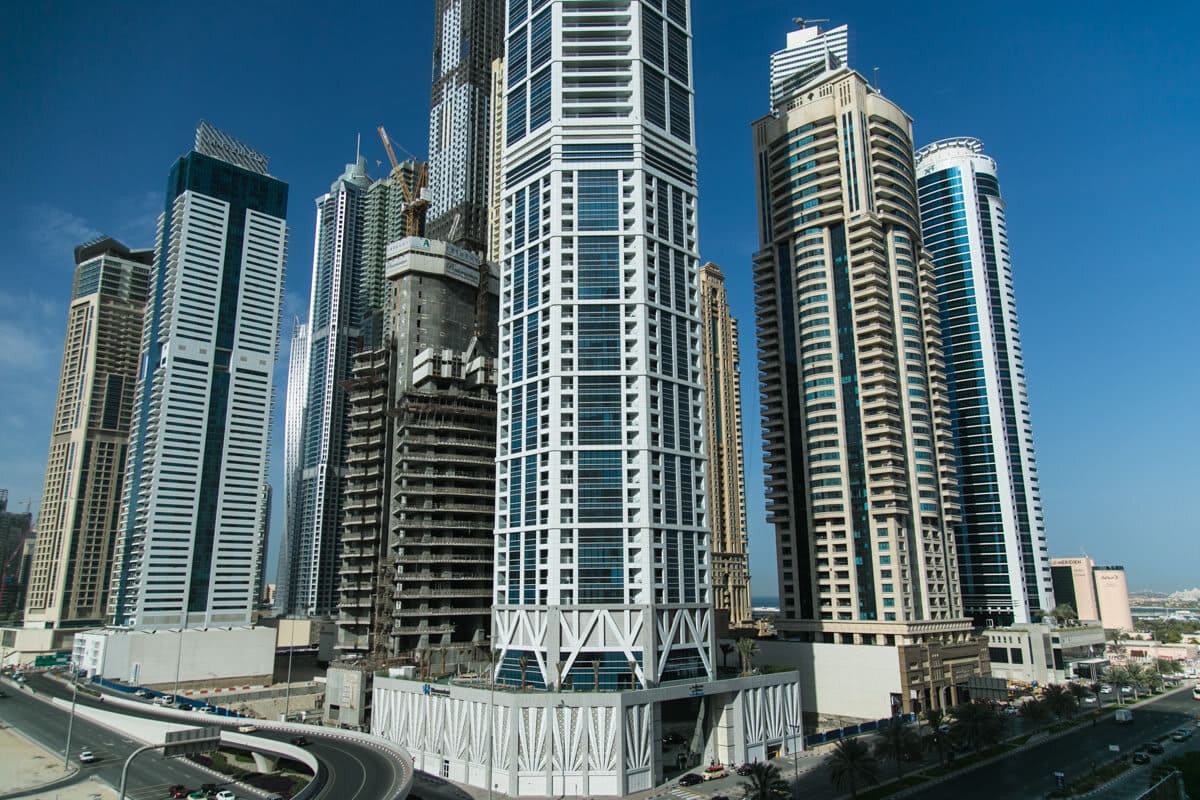
Hafeez Contractor, an Indian architect, was awarded the coveted Padma Bhushan in 2016. He has developed a number of buildings in India, primarily in Mumbai. His studio takes pleasure in presenting designs that combine aggressive execution and original thoughts. The contractor received his architectural degree from the Academy of Architecture in 1975.
Hafeez Contractor believes in the concept of not having a signature style. Instead, he supports the idea of creating spaces that are relevant to the current situation, resonate with the people, and need honesty. His outstanding projects include the Lokhandwala Minerva in Mumbai, the 23 Marina in Dubai, and the 42 in Kolkata.
4. Brinda Somaya
Project: Nalanda International School in Vadodara
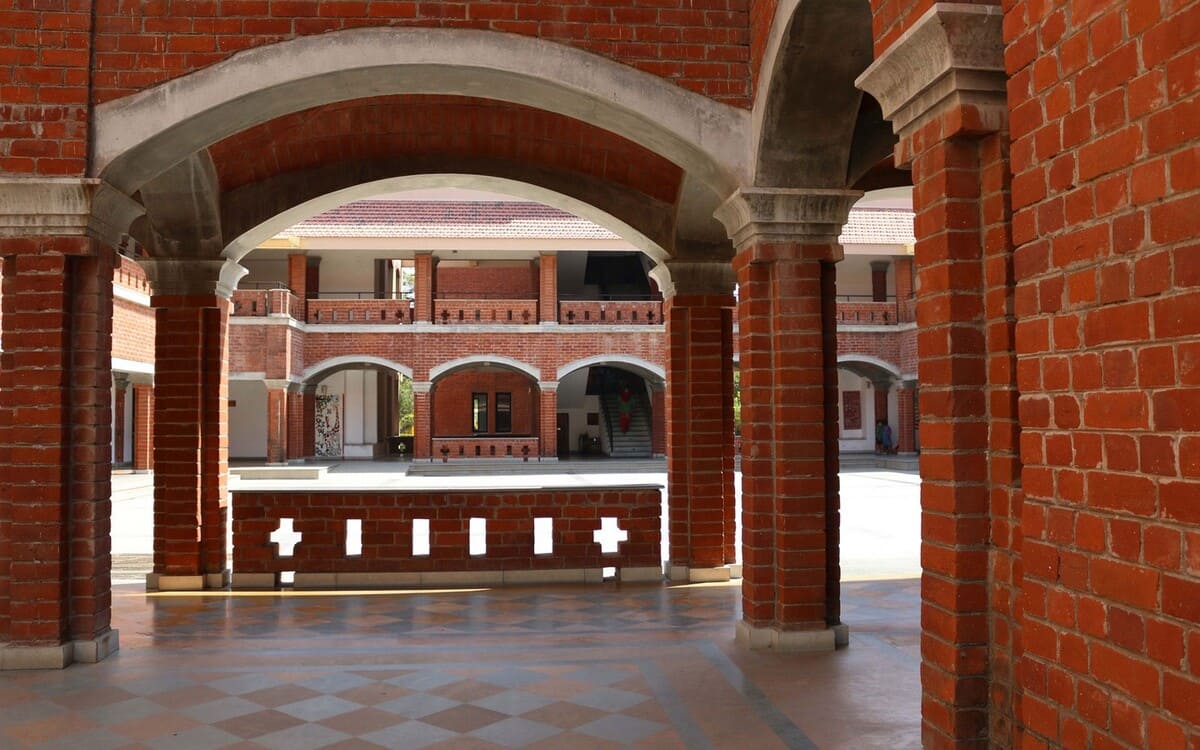
Brinda Somaya is not just a captivating Indian architect, but also an urban conservationist. She earned a Bachelor of Architecture from the famed Sir J.J. College of Architecture in Mumbai. She went on to establish Somaya and Kalappa Consultants in Mumbai in 1978. Since then, she has worked on a variety of initiatives with conservation, architecture, and social equity at their center.
Brinda Somaya believes that an architect’s responsibility is that of a protector. She incorporates social and environmental concern into her endeavors to achieve a compelling and meaningful result. Her projects include the Goa Institute of Management in Goa, TCS House in Mumbai, and the Nalanda International School in Vadodara, among others.
Suggested article to read: 27 Most Famous Architects in the World; 2024 Review
5. Charles Mark Correa
Project: National Craft Museum in New Delhi
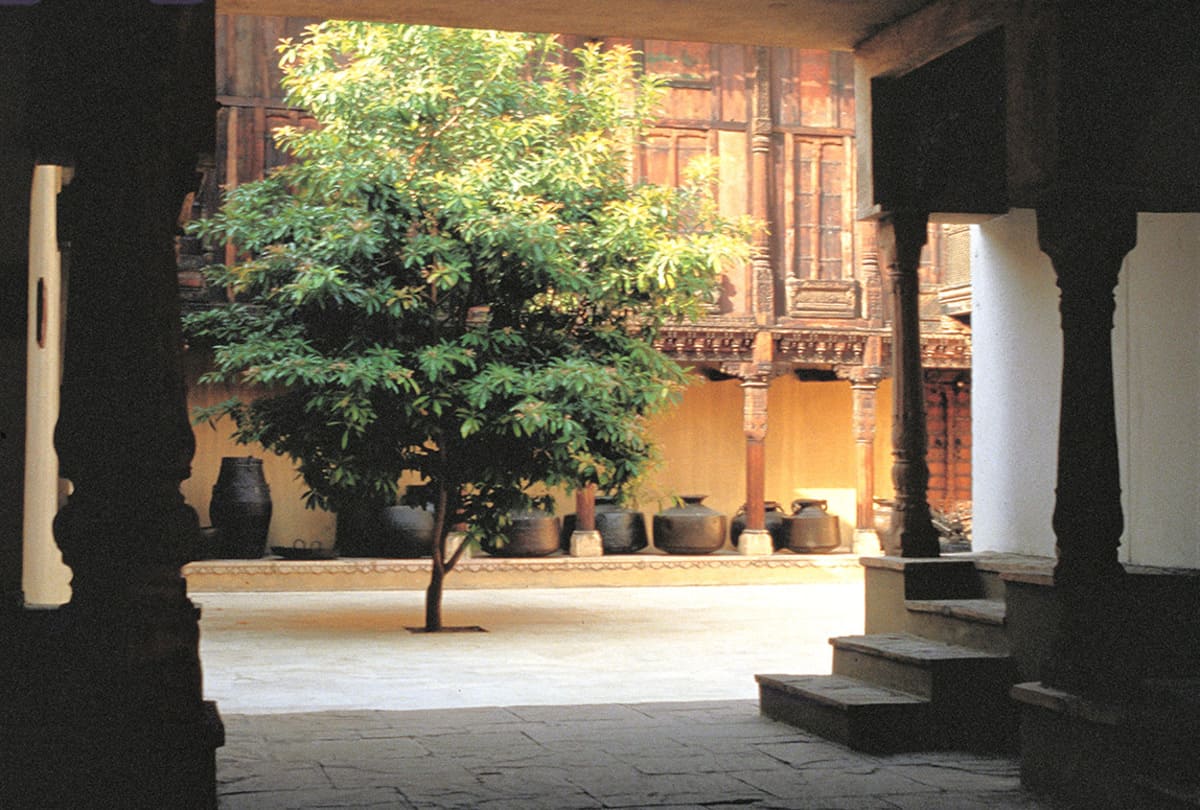
The first and largest urban planner in contemporary India, whose major work may still be seen in action today, with a diverse range of capabilities. As an Indian architect, he had a portfolio full of distinct projects, each with its own set of difficulties that he tackled through design and approach. After graduating from MIT and the University of Michigan, where he studied under Buckminster Fuller, he returned to India with the Mahatma Gandhi Memorial as his first major project; he went on to construct the National Craft Museum in New Delhi and was the Chief Architect of New Bombay.
6. Rahul Mehrotra
Project: Deepasikha in Chennai
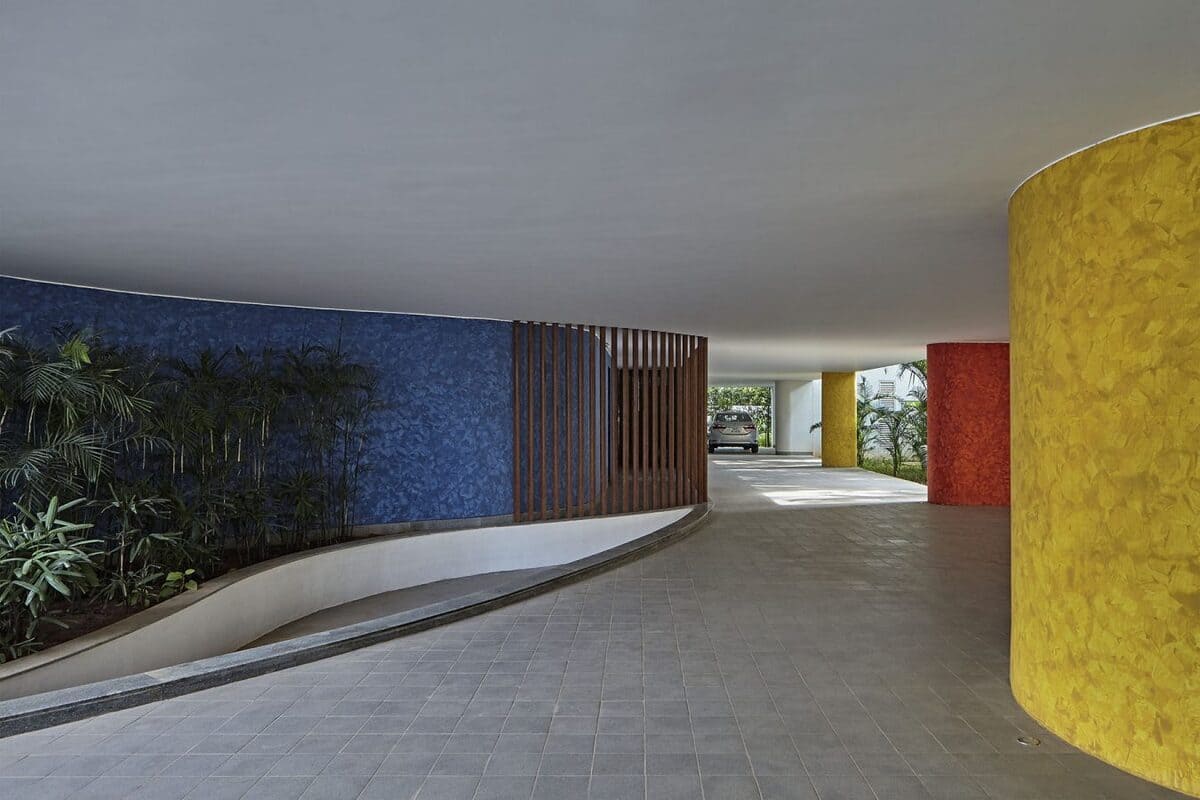
Rahul Mehrotra founded the architecture firm RMA Architects, which is situated in both Mumbai and Boston. He holds degrees from both CEPT University and the Harvard Graduate School of Design. He is currently an urbanist, lecturer, and architect who curates architectural concepts based on the principles of urban activism.
Rahul Mehrotra believes in the concept of intuitive design and experimentation with various geometry to provide new solutions. His projects include the Three Court House in Alibaug, the House at Clifton in Karachi, and the Deepasikha in Chennai, among others.
7. Raj Rewal
Project: Asian Games Village 1982
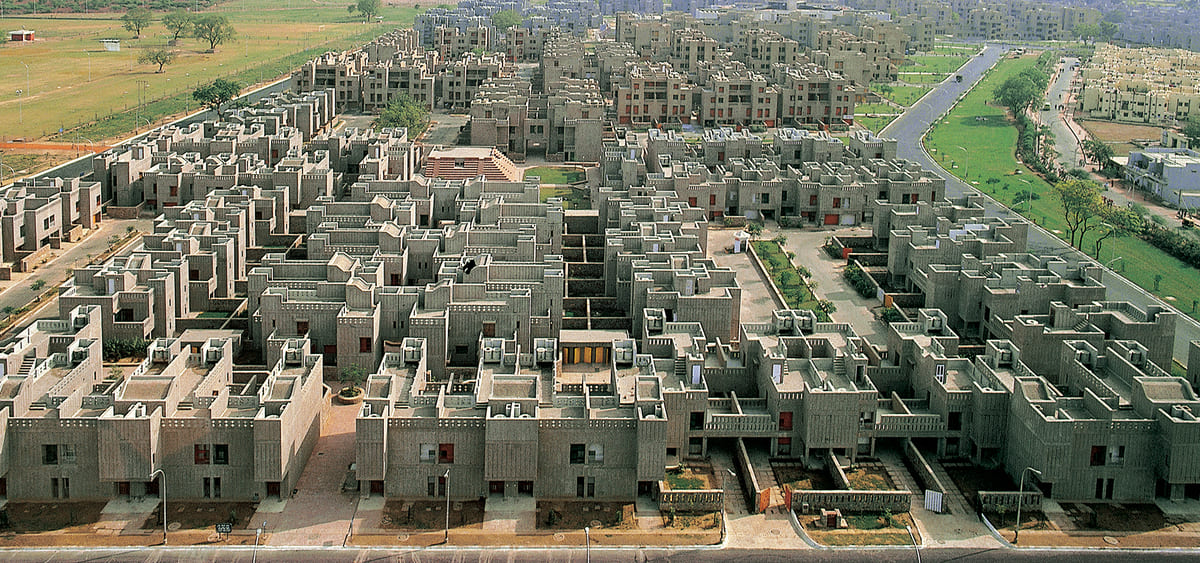
Another pioneer in the field of architecture, whose contribution to the history of modern architecture is unparalleled, having worked and gained experience with significant firms in London and Paris. This Indian architect returned to India to share his enormous experience and knowledge, most known for the Hall of Nations (demolished in 2017), State Trading Corporation in 1976, and Asian Games Village in 1982.
8. Bimal Patel
Project: Tata CGPL Township in Mundra
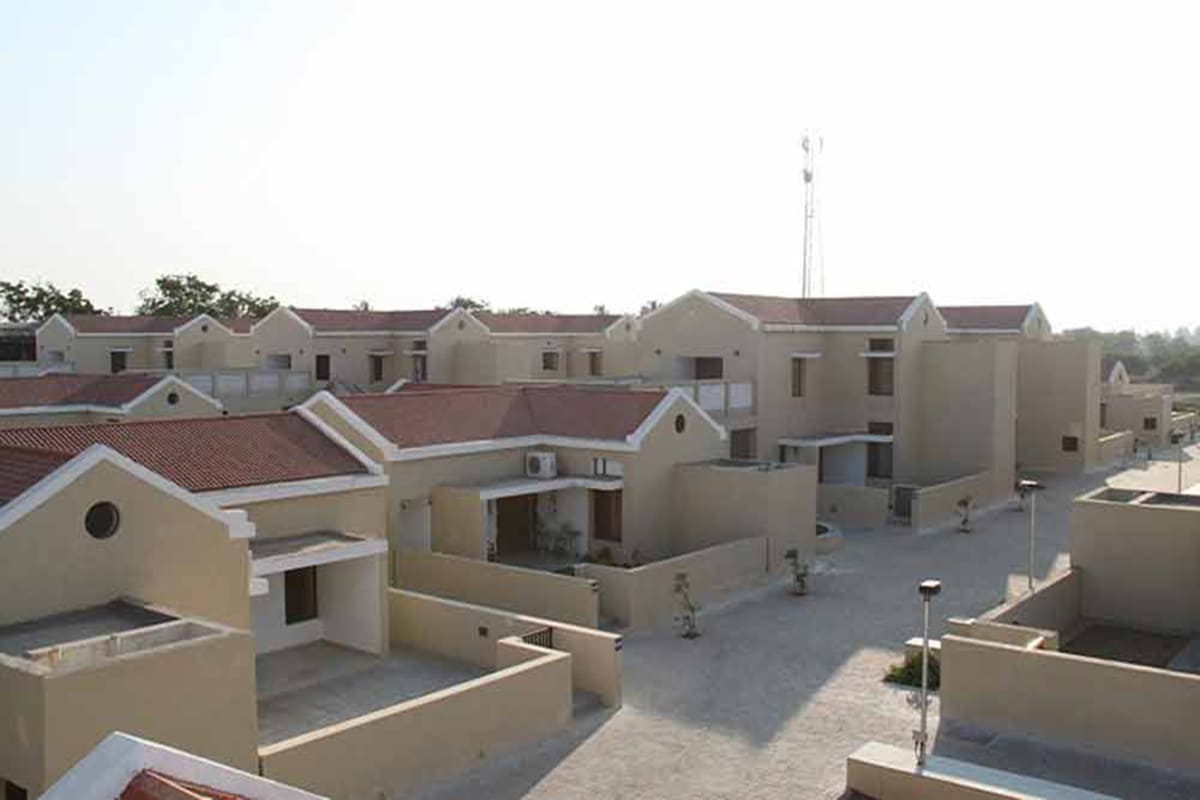
Bimal Patel is an Indian architect from Gujarat. He has more than 35 years of expertise in research, teaching, and professional practice in architecture, urban design, and urban planning. In 2019, he was honored with the Padma Bhushan award for his contributions to architecture and planning.
He supports the idea of making public places more liveable and functional. This is due to his intention of improving current conditions and paving the path for methodical growth. Bimal Patel has worked on several projects, including the Aga Khan Academy in Hyderabad, the Gujarat High Court in Ahmedabad, and the Tata CGPL Township in Mundra.
9. Shiv Nath Prasad
Project: Central Library in Srinagar in 1973
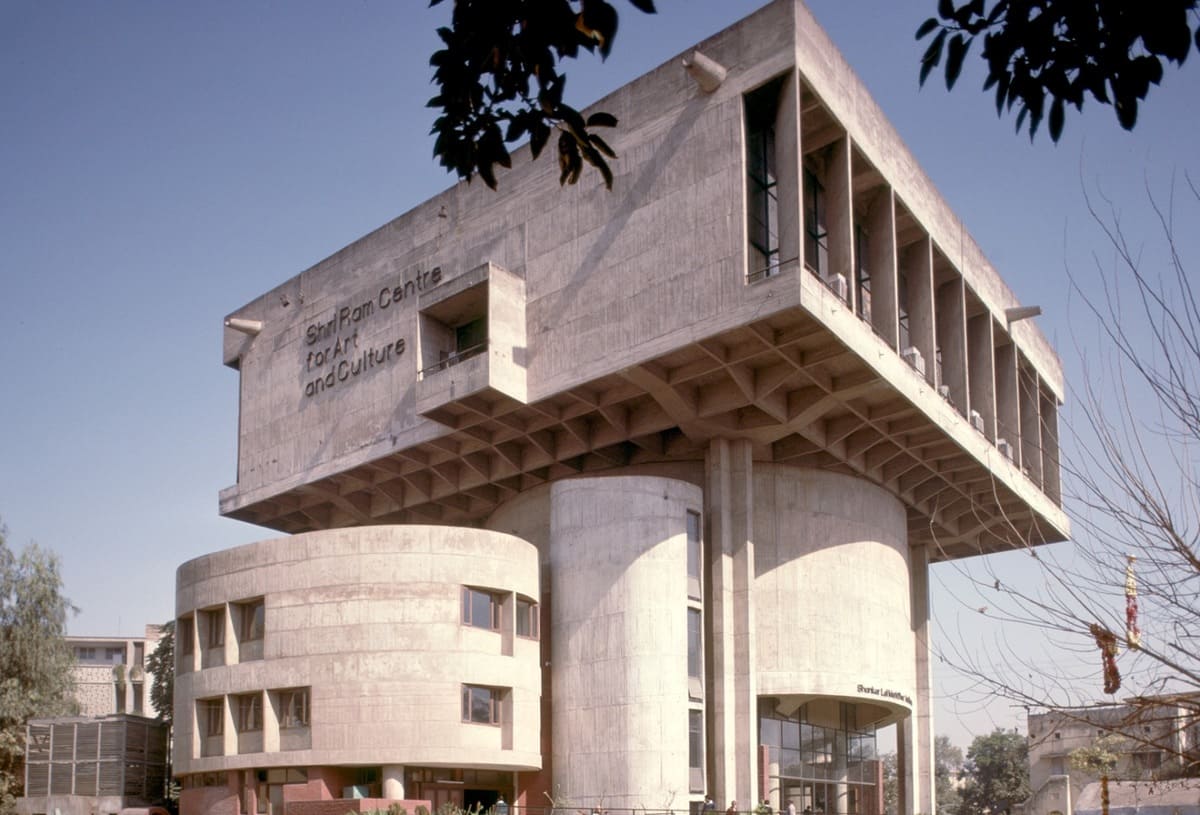
Many consider him to be the Le Corbusier of India; he may not have the same level of fame, but he spoke the same language as Le Corbusier. His work was based on his ideals and exhibited a strong Corbusier design language, as seen by structures like as the Sri Ram Centre for Art and Culture, the Akbar Hotel in Delhi in 1969, and the Central Library in Srinagar in 1973.
10. Abha Narain Lambah
Project: Gulestan Bungalow in Matheran
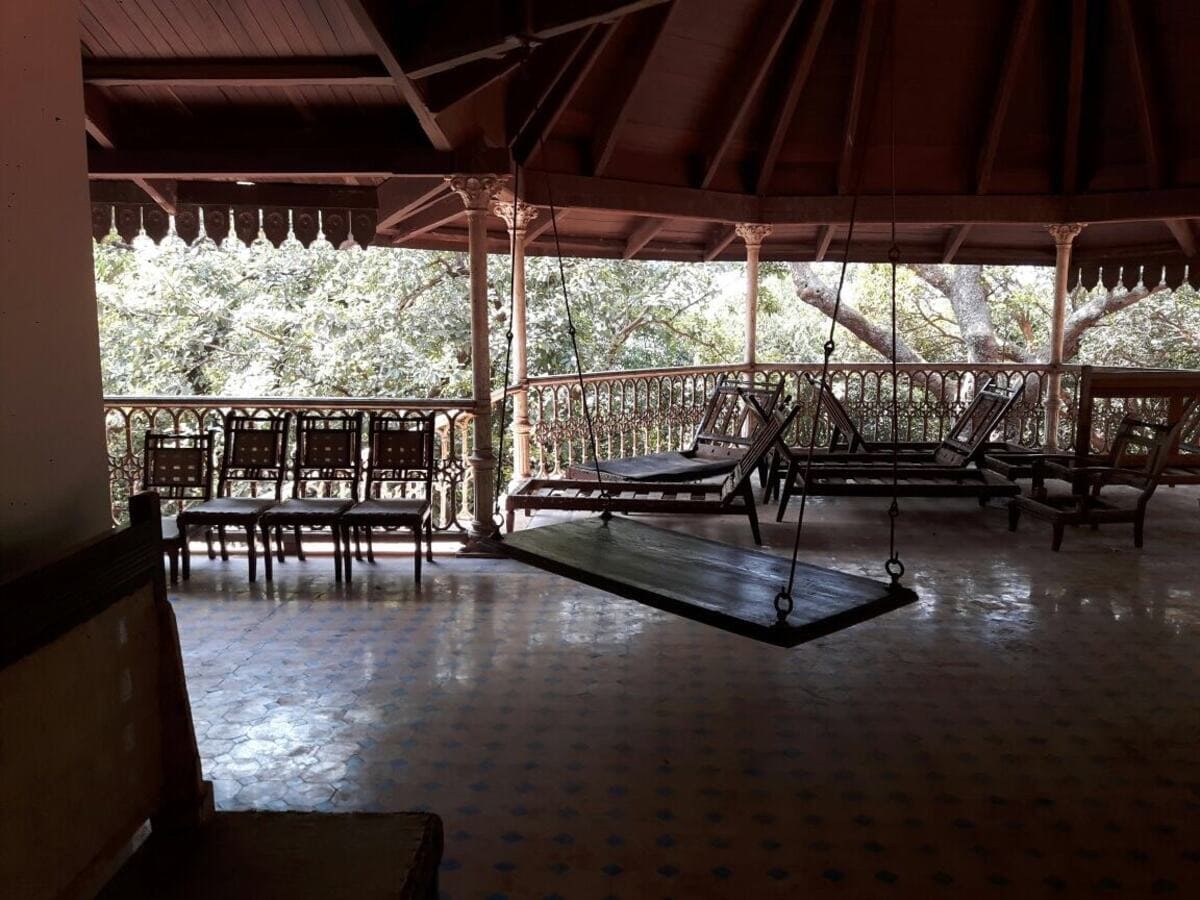
Abha Narain Lambah, a well-known Indian architect, has worked on the restoration of numerous architectural monuments, including the Ajanta Caves, Golconda Fort, Mahabodhi Temple, and many more.
She studied architecture at the School of Planning and Architecture in New Delhi. Her design perspective firmly supports the necessity for a building to respond sustainably to its surrounding urban environment. Abha Narain Lambah has worked on a variety of projects, including Gulestan Bungalow in Matheran, Viceregal Lodge in Shimla, and HSBC Bank in Mumbai.
FAQs
Why are Indian architects important in shaping modern India?
- Answer: Indian architects have enriched historical and cultural elements by building a contemporary India that prioritizes sustainability and creativity. Their work includes both ancient monuments and modern icons, such as the Lotus Temple in Delhi and the Light Box Restroom in Mumbai.
What is the educational path to becoming an architect in India?
- Answer: Architectural studies in India typically take 5 years for a bachelor’s degree, followed by a year of internship in an architectural firm before beginning full-time work as a professional architect.
Who are some of the most influential Indian architects and their notable works?
- Answer: Some of the most influential Indian architects are Manit Rastogi (Harley-Davidson Corporate Office), Hafeez Contractor (23 Marina in Dubai), Brinda Somaya (Goa Institute of Management), and Charles Mark Correa (National Craft Museum in New Delhi).
How have Indian architects contributed to sustainable design?
- Answer: Many Indian architects, including Manit Rastogi and Abha Narain Lambah, include sustainability into their designs by employing passive techniques, conserving energy, and emphasizing eco-friendly building that adapts to the surrounding environment.
Conclusion
Indian architect are important because they use their artistic abilities to create our ideal homes and bring them to life in the most optimal way. This satisfies our want to dwell in our ideal homes while also giving the architect artistic satisfaction. There are numerous architectural firms that will fulfill our requirements and construction expectations by providing expertly developed designs and thoughts. A4D, a Bangalore-based firm, simplifies clients’ needs by providing innovative solutions. Becoming an architect demands a great lot of devotion, and we must recognize and respect our Indian architects.
Drones for Project Management in Construction 2025
Top 5 Copilot Tools for Project Management: A Comprehensive Guide
Top 5 Megaprojects in India; Engineering Marvels You Must See!
9 Best Construction Companies in India; Leaders Shaping the Future!
Project Management with AI: Can AI Replace a Project Manager?
Resources:
Re-thinkingthefuture | IIAD | Homes247 | Tatlerasia | Archinomy
For all the pictures: Archdaily


